Porta da Vila

Since Óbidos remains a walled city, the Porta da Vila main gateway continues to be as important as ever. Leading onto Rua Direita, the town's high street, the gate actually takes the form of a small tower. Inside the fourteenth-century structure you'll find a Baroque upper balcony that was once used as an oratory (Oratório da Nossa Senhora da Piedade) and for public announcements.
Arco da Porta Nova
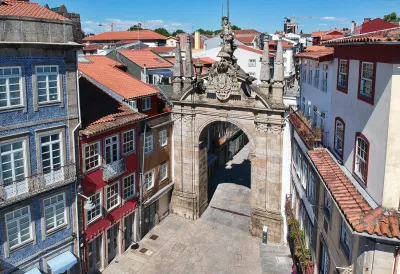
Translating from the Portuguese as the Arch of the New Gate, the Arco da Porta Nova is an ornamental gateway leading into the historic centre of Braga from the west. Located on the pedestrianised Rua do D. Diogo de Sousa, it was constructed to a design by architect André Soares in the 1770s, although a gate has stood in its place since the city walls were completed in the late 1300s.
Santa Clara Aqueduct
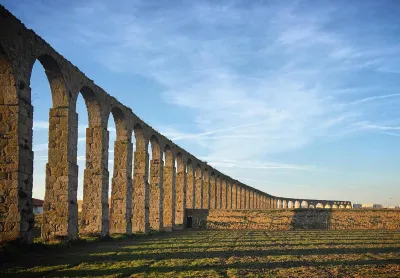
Virtually from the founding of the Santa Clara monastery in the early 14th century it was apparent that having an adequate water supply was going to be an issue. Initially there was a cistern within the monastery but as it grew this was no longer sufficient.
Cividade de Terroso
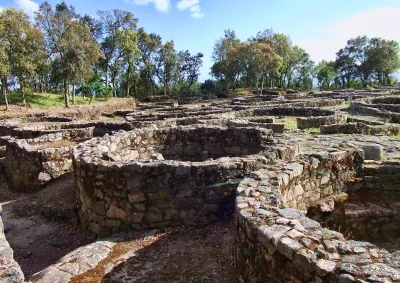
The ancient city of Cividade de Terroso is located on a hilltop a few kilometres inland of Póvoa de Varzim. It is estimated to be in the region of 3,000 years old and was one of the largest and most fortified settlements of the celtic Castro people.
Cemitério de Agramonte
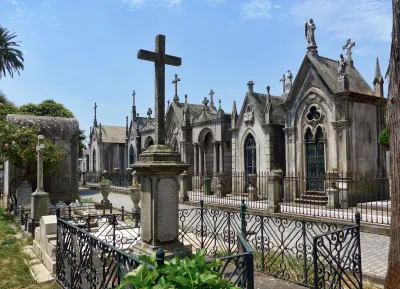
Whilst cemeteries might not make it onto most bucket lists, the Cemitério de Agramonte in Boavista is well worth a visit. Originally built in 1855 to hold the victims of a cholera epidemic, this was Porto's second public cemetery but it soon morphed into something far grander.
In the 1870s a chapel was built within the cemetery by Gustavo Adolfo Gonçalves e Sousa. This was enlarged in 1906 under the direction of Architect José Marques da Silva. Frescos of Byzantine inspiration by Italian painter Silvestro Silvestri were added to the interior.
Arco da Vila
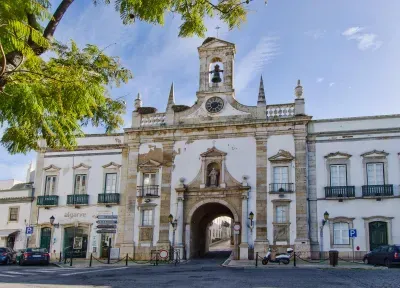
Faro's fine neo-classical archway is the entrance to the Algarve city's old quarter (Cidade Velha). It was built on the site of a much older medieval gateway in the city walls by order of Bishop Francisco Gomes do Avelar in 1812. He oversaw much of the reconstruction of Faro after the devastating 1755 earthquake.
Rosa dos Ventos
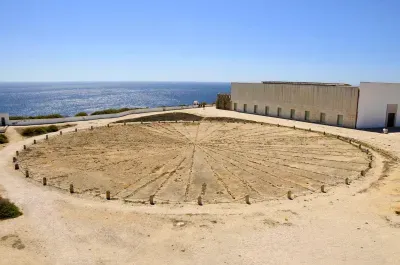
The navigation school founded by Henry the Navigator at Sagres fortress played a key role in Portugal’s Age of Discoveries. On entering the fortress site, one of the first things to catch the eye is a huge circular stone paving measuring 43 metres in diameter. The Rosa dos Ventos or "Rose of the Winds" as it has since become known, was only excavated in 1919.
Monumento dos Restauradores Obelisk
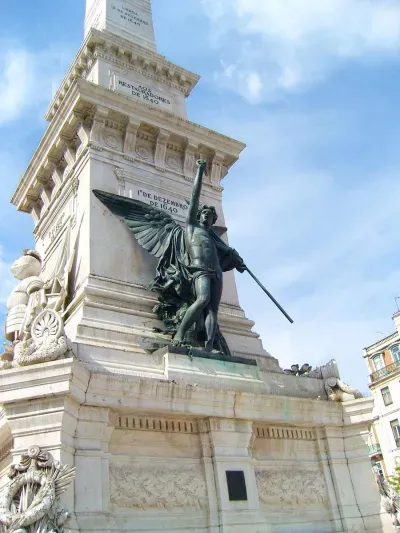
Most tours of Lisbon will pass through the Praca dos Restauradores in the Baixa district. Here, towering over the centre of the plaza is a 30-metre high, white obelisk, built to commemorate those who fought in the 17th century War of Restoration, helping to free the country from six decades of Spanish rule under the Habsburg dynasty and facilitating the transition of power to the House of Braganza which held power in Portugal until the 20th century.
Monumento aos Combatentes do Ultramar
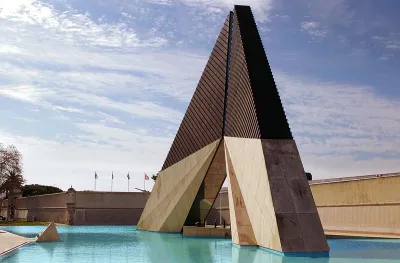
From the early 1960’s to the mid-1970s Portugal fought a controversial campaign in Africa, attempting in vain to keep hold of its colonies there. Known as the Combatentes Ultramar (Overseas War) this conflict took the lives of over 9,000 soldiers, many of whom came from the Lisbon area. The bloody war was a factor which led to the toppling of the regime of Dr Antonio de Oliveira Salazar whose right-wing regime had held power since 1932.
Évora Roman Temple

The Roman Temple of Évora is said by some to be the best-preserved Roman structure on the Iberian Peninsula. It was once thought to be the Temple of Diana, the goddess of hunting, and many still call it by this name, but this attribution appears to date back to the views of a 17th century priest, without any historical or archaeological foundation. Most now agree that the temple was built around the first century A.D.